
There are a lot of reasons not to drink milk. Adverse allergic reactions, lactose intolerance, environmental concerns, well-placed hate for the dairy industry, or simply being weirded out by the idea of drinking the milk of some other animal. We get it, milk is kind of weird, but it’s also packed with essential nutrients, according to Healthline, including iron, niacin, vitamins B, E, K, thiamin, and selenium. It’s full of calcium that’ll keep your bones and teeth healthy and is great for baking and other culinary uses. And, most importantly, milk makes the best cheese!
But sometimes you just don’t want to mess with milk, even if you’re down with cheese. Luckily, we live in an age in which you can get all kinds of plant-based milk alternatives and some of them are just as tasty and useful as milk. Unfortunately, a lot of them are also crap that’s either really bad for you, not what it seems, or both.
So we’ve taken a deep dive into the most popular milk alternatives currently on grocery store shelves to give you a full run-down of all the good and bad of each of them. Whether you’re looking for milk for your cereal, latte, baking a cake, or making a smoothie, we’ve got you covered! Because this list is more of a guide than a ranking, don’t consider the brand we’ve chosen to represent each different milk as an endorsement of that brand, we just picked whatever brand had a large national presence for each style.
Wait… How Do You Milk Any Of This Stuff?
It’s something that you might not think about because in a lot of cases plant-based milk looks like milk, but you can’t exactly milk an oat. Or an almond. Or any of this stuff. So then what the hell is plant-based milk? In most cases, it’s a bunch of ground-up beans, grains, plants, or nuts that are mixed with water, vitamins and minerals, sometimes sugar or vanilla flavoring, emulsifiers, thickeners and gums, and perhaps the most shocking of all, oils. That’s all blended together to make, well, “milk.” But what do you want people to call this stuff? Somewhat interestingly, in most cultures outside of the Anglosphere, they call them “drinks” — oat drink, soy drink, almond drink, etc. But we digress.
Like plant-based meat, plant-based milk requires a whole lot of processing. So in order to get that consistency milk is so famous for, a lot of plant-based milk options need some kind of fat mixed in. That means a lot of brands opt for oil since it’s dairy-free and contains healthy fats (assuming it’s good oil, though in most cases, it won’t be). Once you know plant-based milk has oil in it, you won’t be able to not taste it. We sincerely apologize for letting you know.
What To Look For
When it comes to plant-based milk, the fewer ingredients the better. It’s normal to see emulsifiers like sunflower lecithin and dipotassium phosphate, or vitamin and mineral blends, and salt. You’re going to want to stay away from things like added sugar, sweeteners, the phrase “natural flavors,” long lists of ingredients you have a hard time pronouncing, and something called carrageenan. Carrageenan is an emulsifying agent derived from seaweed that, according to MedicineNet, scientists believe can induce inflammation and lead to chronic illnesses and digestive disorders.
We should also note that certain low-quality oils may also lead to inflammation, but that’s a whole other guide we’d have to dive into so we can’t really cover that here. You may also want to spend the extra dollars for products that are organic, considering a lot of pesticides go into the growing of things like almonds, peas, and oats.
In short — look for unsweetened “milk” with a shortlist of ingredients that contain good levels of protein, calcium, and vitamins, and stay away from carrageenan. Now that you’re a little bit more familiar with what’s inside most plant-based milk, you’re probably thinking you can make your own. You totally can, it’s easy and in a lot of cases better for your health because you have full control over what you put in it.
The Milk
Almond Milk
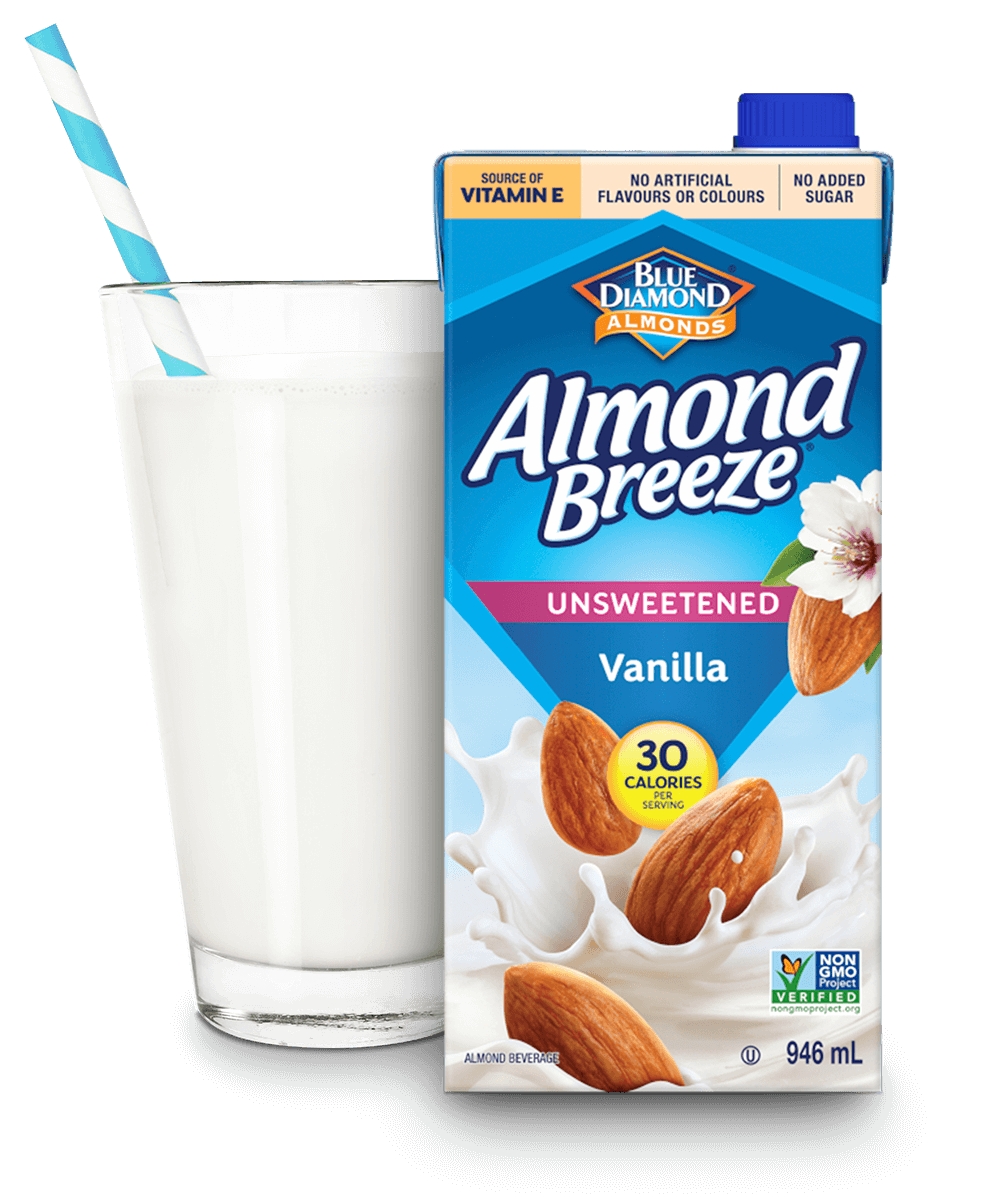
The Milk:
Almond milk is hands-down the most popular plant-based milk currently on the market. Tasting it, it’s easy to see why. It has a soft and creamy texture with a delicately nutty flavor and is, according to Medical News Today, naturally high in fat, vitamin E, calcium, and potassium while being low in calories and unfortunately, protein. Generally, most almond milk brands further fortify it with calcium, more protein, and vitamins A and D, giving it a nutritional profile that isn’t that far off from cow’s milk. Though it is less bioavailable, which means you don’t absorb it quite as well.
Unfortunately, almond farming is very damaging to the environment considering almonds require a lot of water to grow and most almonds in the world come from California, a state that is always in the news for being in a drought. Maybe stop growing almonds, California! No seriously, I say this as a Californian, stop growing almonds here, please!
Where it sucks:
Baking. Don’t substitute cow’s milk for almond milk in a baking recipe. Well, let us walk that back a bit, you can substitute 1:1 but you shouldn’t. Almond milk has the high-fat content to act as a good substitute in most recipes, but the flavor leaves a lot to be desired. Milk is sweet, almond milk — especially the unsweetened stuff we suggest you buy — is not, which will result in your recipes always tasting inferior when compared to using real dairy. The texture will also be less fluffy.
Where it thrives:
In almost every other use for milk that you can think of. Need something for your cereal? Almond milk. Need some cream for your at-home coffee? Bam, use almond milk. Making a vegan cheese? Almond milk is the stuff!
Where you wouldn’t expect it:
Smoothies and milkshakes. As I mentioned before, almond milk has a pretty high-fat content, which is why it works in baking (even though, again, we don’t suggest it). So when it comes to smoothies and milkshakes, it’s one of the best choices you can use next to cow’s milk. It nails that creamy consistency.
Banana Milk

The Milk:
Banana milk is made with blended banana and water, so it is essentially banana juice. If that sounds delicious to you, we’re happy to report that it is. Banana milk is one of the best-tasting milk alternatives out there thanks to its natural sweetness. Some banana milk on the shelves is blended with other plant-based milk, so keep that in mind when looking at ingredients lists.
This option shines for being low in carbs, calories, and added sugars, as well as being allergen-free so long as it isn’t mixed with nut-based milk (or you’re not allergic to bananas). Unfortunately, it’s also low in protein and other important nutrients. So if you’re looking for a milk alternative for flavor, this is that milk. If you want milk for nutritional reasons, this one is one of the weaker options.
Where it sucks:
Savory options. Don’t make a bechamel sauce or any other cream sauce with banana milk unless you want to throw up.
Where it thrives:
Smoothies, obviously. Banana milk is a great way to double down on banana flavor when you’re mixing up a smoothie.
Where you wouldn’t expect it:
As a great baking option. Sometimes. Yes, banana milk tastes a lot like a banana. So if you don’t want the taste of banana in your cake, don’t use it. But if you do, it really adds that magical touch of something extra. Don’t use it to make banana nut muffins… banana-ier, instead add a subtle touch of banana to things like a devil’s food cake, or even pumpkin spice cupcakes.
Cashew Milk
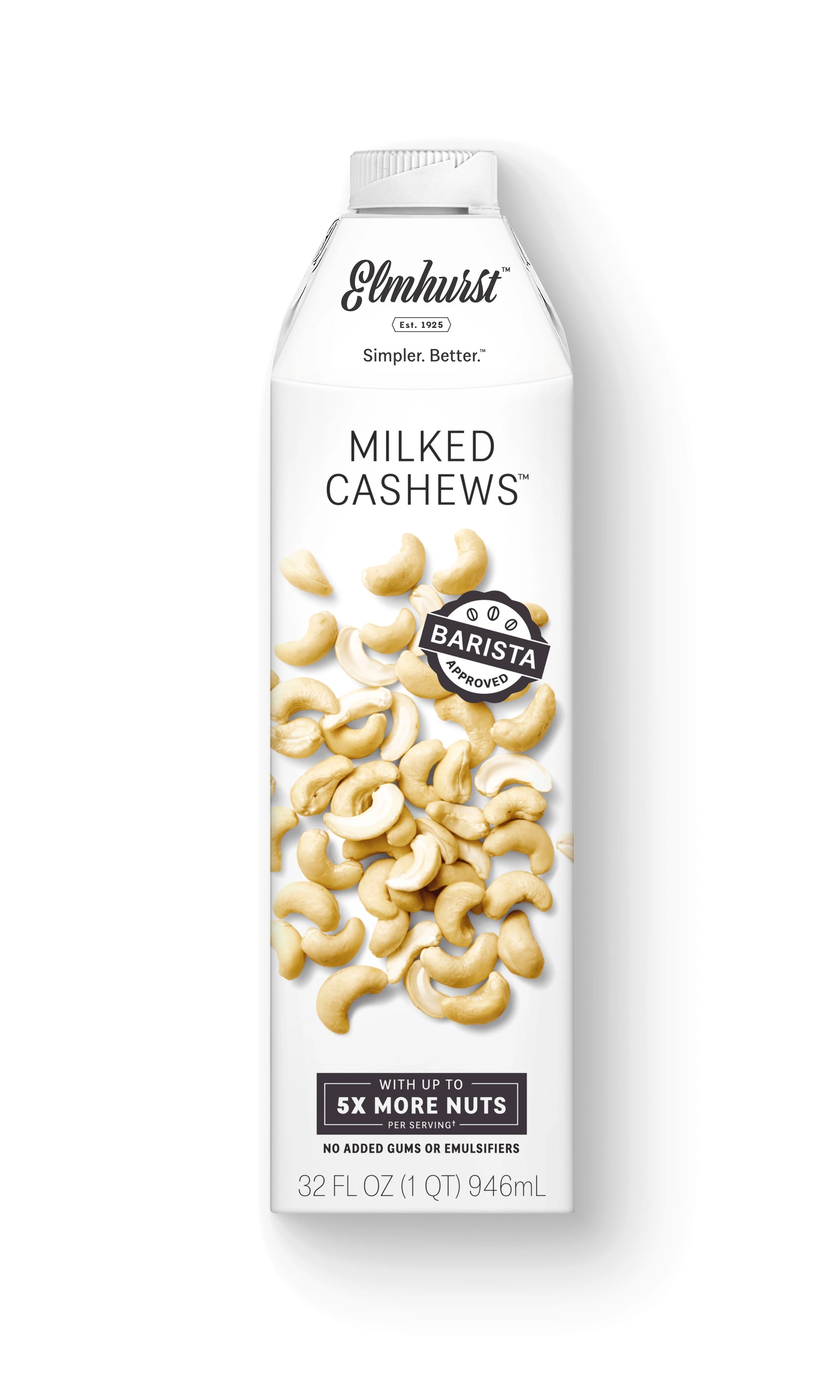
The Milk:
If you’re feeling guilty about being an almond milk drinker but love the flavor, give cashew milk a try! Cashew milk also has a deliciously creamy consistency with a naturally sweet nutty flavor that is still low in sugar. It’s not as delicate as almond milk, but it’s (slightly) better for the environment.
This is the sort of milk that you should definitely learn to make at home, as it’s one of the easier ones to make right. But, unfortunately, while your end product will be delicious, it’ll be pretty free from substantial nutrition. If you’re looking for something vitamin and mineral fortified, you’ll find it in the grocery aisles, but that usually comes with a whole lot of other ingredients and thickeners.
Where it sucks:
While you can use it as a 1:1 substitute for milk in baking, again, we suggest against that. It’s a better choice than almond milk because most cashew milk will come sweetened, but it still leaves your baking recipes missing that extra dose of sweetness that cow’s milk provides.
Where it thrives:
Like almond milk, cashew milk is good for smoothies and milkshakes, but also makes a great milk substitute in savory foods.
Where you wouldn’t expect it:
As a plant-based milk base for a curry.
Coconut Milk

The Milk:
Coconut milk comes in two categories: canned, and what is called “coconut beverage,” which is the refrigerated stuff. The canned stuff is thick and creamy and made from actual coconut and acts as a delicious cooking ingredient and is even thick enough to be whipped into cream. It’s the sort of stuff you should use in a curry.
Coconut milk beverage on the other hand is the sort of thing you’d put into your coffee, drink from a glass, or eat with your cereal. You could bake with both but not in equal measures!
Where it sucks:
In certain recipes. While you can substitute cow’s milk 1:1 with coconut milk beverage, sometimes to great results like when baking, it’s going to sometimes impact the flavor in adverse ways. Coconut milk isn’t quite as neutral as cow’s milk, if you reduce it down into a sauce, that sauce is going to have a coconut quality to it. If that’s not what you’re going for, it can ruin the results.
Where it thrives:
It’s delicious in baking!
Where you wouldn’t expect it:
It is hands down the best milk to eat cereal with, even compared to cow’s milk. Eat cereal milk with coconut milk and I promise you you’ll never look back.
Hemp Milk
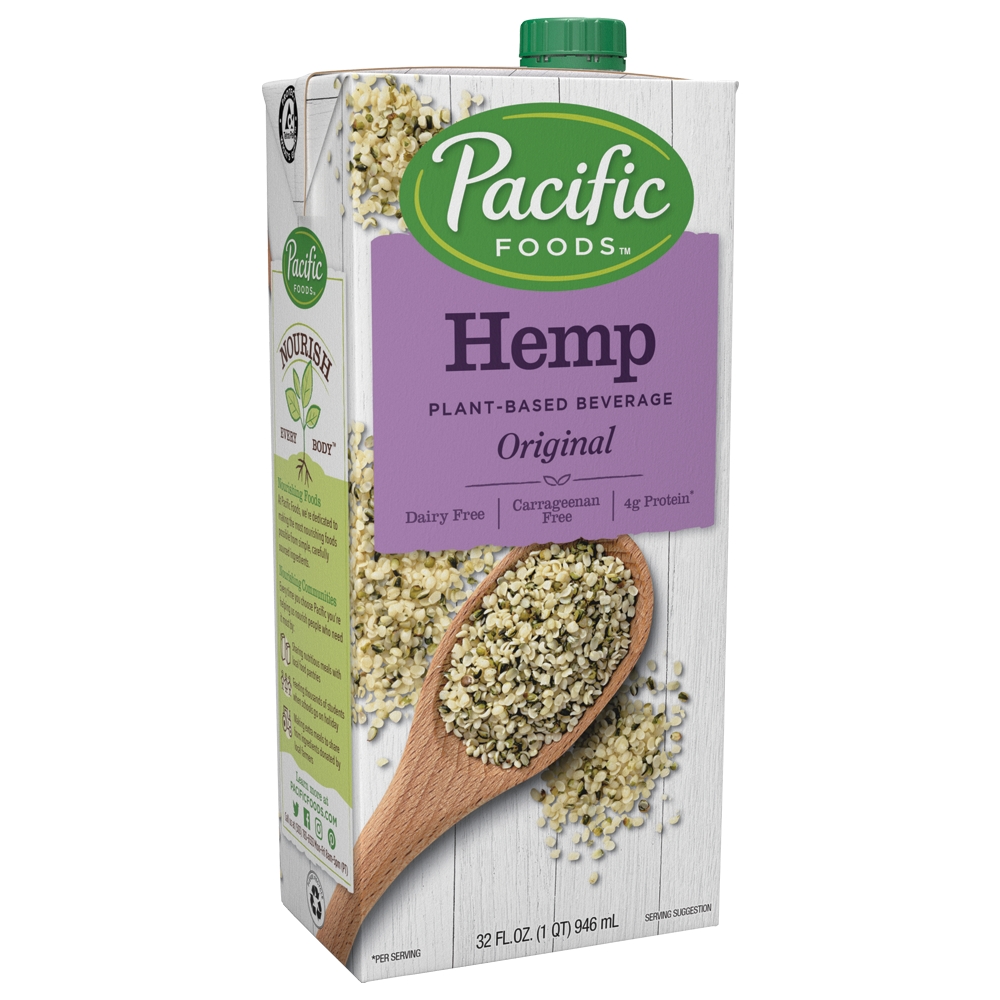
The Milk:
High in protein, hemp milk is a fantastic plant-based milk alternative with a distinct earthy flavor and a thick and creamy consistency. Hemp milk is also high in omega 3s and iron and has skin and heart-healthy nutrients but is low in calcium, according to Heathline. Yes, hemp is a cannabis plant. No, it won’t get you stoned. Even if you drink the whole thing in one sitting. That might make you throw up though.
Where it sucks:
Baking. Again. Like a lot of the other plant-based milk, it’s not that it doesn’t make a good substitute for cow’s milk consistency-wise, it’s just that the flavor is way too distinct, so it messes with the balance of sweetness in your baked goods.
Where it thrives:
Savory dishes, it has an earthiness that adds a lot of distinct character to sauces.
Where you wouldn’t expect it
As the base of a double espresso shot latte with a generous swirl of honey. That’s earthy bitter perfection in a cup.
Flax Milk
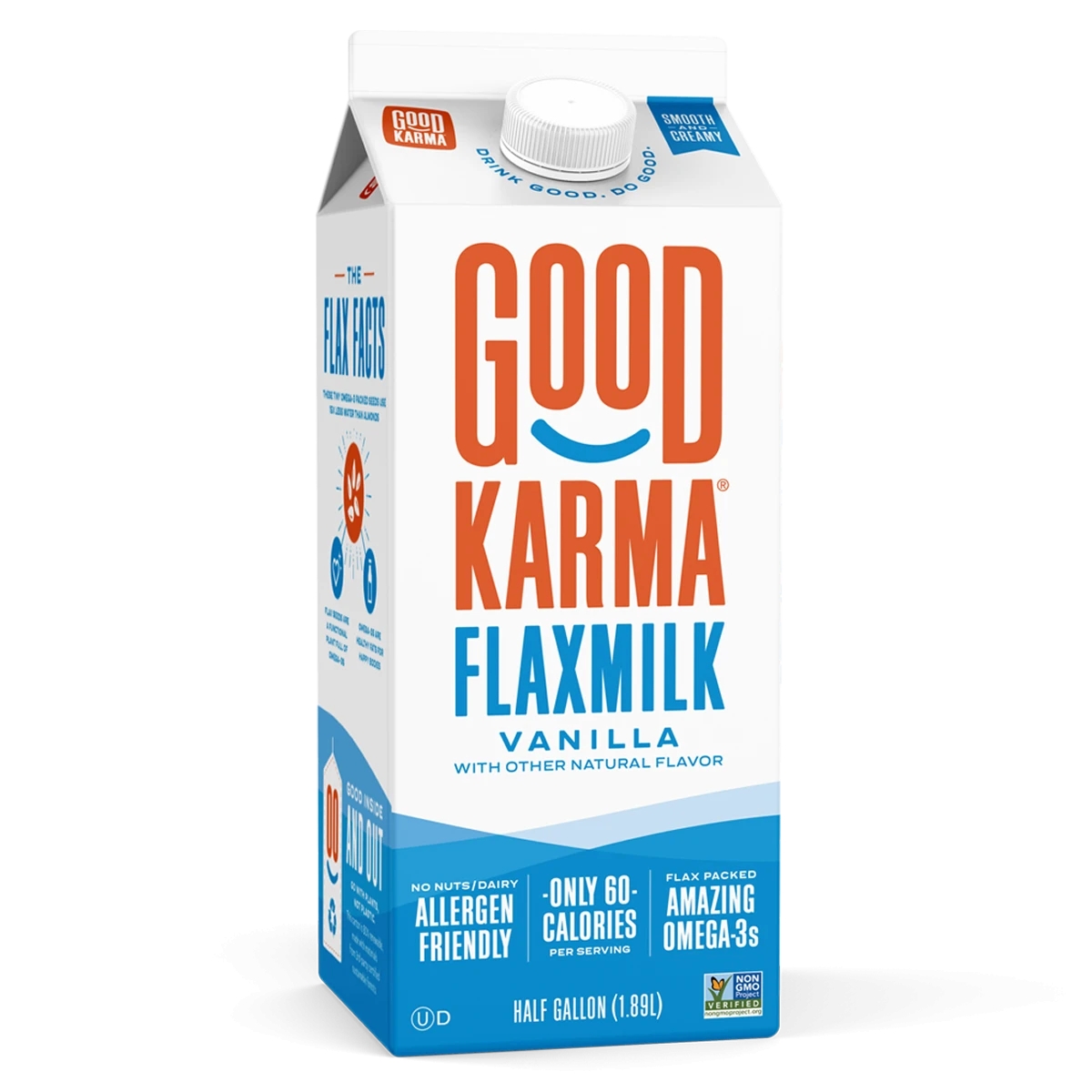
The Milk:
Flax milk — made from flaxseeds crushed and mixed with water — is a great choice for those looking for plant-based milk that doesn’t contain nuts. It has a tasty earthy flavor but is usually pretty low in protein and often comes fortified with all sorts of stuff.
Where it sucks:
Coffee. It doesn’t add a creamy lift like a lot of the other options on this list. Instead, it leaves coffee tasting flat and dirty.
Where it thrives:
In savory dishes.
Where you wouldn’t expect it:
Crepes. It’s a little too thin for good pancakes. But if you’re looking to make a crepe, its silkiness will keep your crepe from ever-rising too thick.
Oat Milk
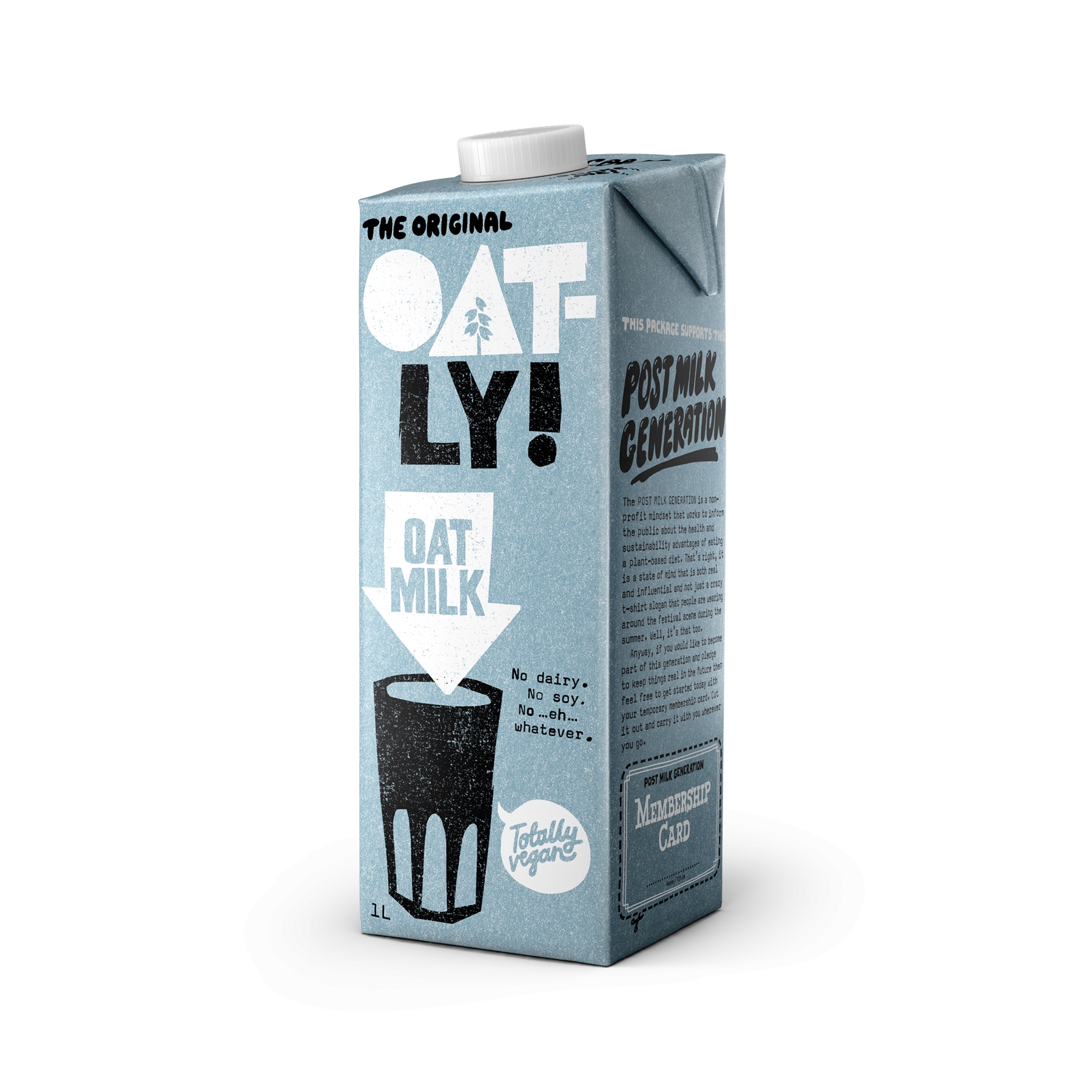
The Milk:
If almond milk is the current favorite of the plant-based milk buying crowd, then oat milk is a close second. Made from whole oats and water, oat milk tastes a lot like a less intense version of oatmeal with a creamy texture and an earthy and nutty flavor.
Where it sucks:
It doesn’t have the neutrality of cow’s milk, so in certain dishes, it imparts an earthy flavor that can be off-putting and give your baked goods a health-store quality. It can be used to an advantage, but not always.
Where it thrives:
In lattes. Like hemp milk, oat milk’s nutty earthy flavor profile pairs perfectly with espresso.
Where you wouldn’t expect it:
In smoothies. Oats sounds like a dull way to enhance your smoothie when you compare it to something like banana milk or almond milk, but the earthy nutty flavor of oat milk adds a nice sense of texture that can calm down overly sweetened smoothies. It’s a nice balance.
Rice Milk
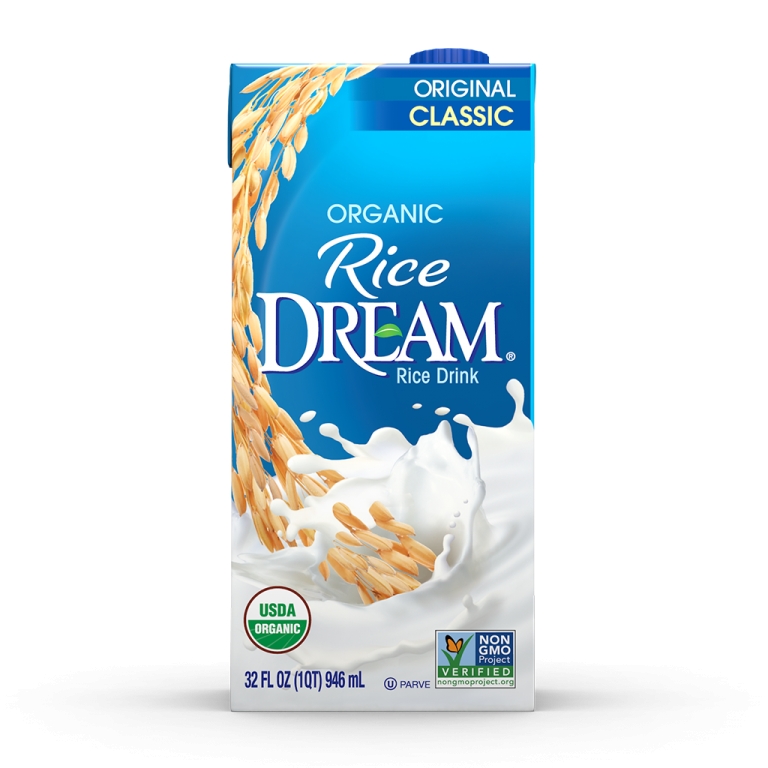
The Milk:
Rice milk is by far the thinnest plant-based milk substitute on the market. It’s also low in fat, protein, and fiber, and is usually sweetened. So why would anyone ever pick rice milk? Because it’s soy-free, dairy-free, and doesn’t contain allergens like nuts. Still, as far as plant-based milk go if you can stomach other options, this is the one we recommend the least.
Where it sucks:
Baking. I know we’ve said that about almost every milk on this list, but rice milk is the absolute worst for baking. The consistency is just way too thin. Do not use this as a 1:1 substitution for cow’s milk, it’ll throw everything off.
Where it thrives:
Cereal, that’s pretty much it.
Where you wouldn’t expect it:
In coffee, it tastes somehow remarkably similar to cow’s milk.
Soy Milk

The Milk:
If you hopped in a time machine and traveled back about 15 years, the only plant-based milk you’d find on grocery store shelves would be soy milk. The option for using soy as plant-based milk was a no-brainer, soy milk contains a lot of protein and is naturally full of antioxidants while still being rich and creamy like cow’s milk. It’s sweet and can be used as a 1:1 substitute for milk on any occasion, from making butter to baking, to really, any type of cooking.
So why isn’t it the most popular? Let’s get to that.
Where it sucks:
Soy milk is interchangeable with cow’s milk, so the flaws with this milk are less in what it can and can’t do, and more about why you might not want to drink soy. A lot of people are allergic to soy, so they can’t drink soy milk. Also, soy farming is incredibly harmful to the environment.
Rain forests are cut down and burnt in order to make way for soybean farms (which also includes animal protein production too). It’s one of the worst environmental offenders, even when compared to almond milk. Soy also contains phytoestrogens that may mess with the hormonal levels of infants, children, and adolescents. According to Livestrong, contrary to popular belief, those phytoestrogens should have little impact on the hormone levels of fully grown men.
Though there are a lot of current studies being conducted in regards to the human consumption of soy, just something to think about!
Where it thrives:
In cooking. Use it in any recipe that calls for milk and soy milk will get the job done.
Where you wouldn’t expect it:
Of the plant-based milk on this list, soy froths up better than any other milk that isn’t cow’s. Take it from me, I worked as a barista for five years.
